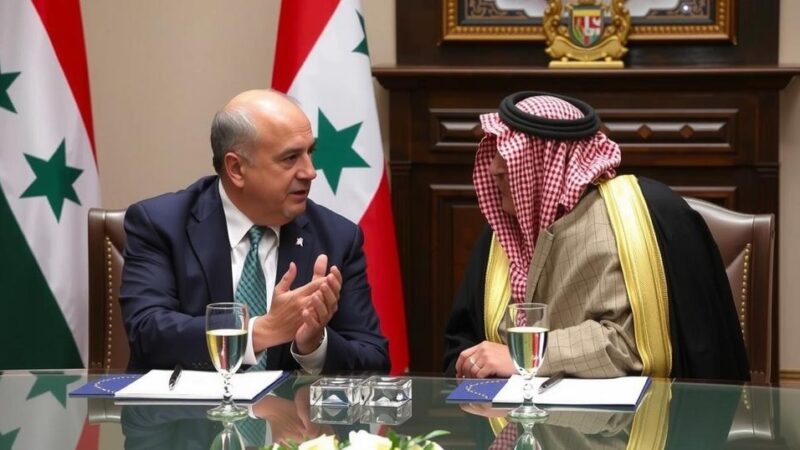In a significant escalation of hostilities, Israeli airstrikes in Lebanon killed seven high-ranking Hezbollah officials, including leader Hassan Nasrallah. This event marks a critical turning point in the ongoing conflict between Israel and Hezbollah, raising concerns about the future of the militant organization’s leadership and operational effectiveness.
In the past week, a series of Israeli airstrikes in Lebanon resulted in the deaths of seven high-ranking commanders affiliated with the Hezbollah militant organization, inciting widespread shock across Lebanon and the broader Middle Eastern region. Among those killed was Hassan Nasrallah, the organization’s leader, marking a significant and alarming escalation in the longstanding conflict between Israel and Hezbollah. This wave of violence follows Hezbollah’s decision to support Hamas amidst ongoing tensions following a surprise attack by Hamas on southern Israel. The severity of these strikes has left a profound impact on Hezbollah, which has historically served as a principal military and political force in Lebanon since its inception in the 1980s. These attacks, particularly the assassination of Nasrallah who had led the group since 1992, represent a pivotal moment in the region’s geopolitical landscape. The airstrikes have decimated the command structure of Hezbollah, which has lost commanders who have been integral to its operations over decades of conflict. Among the deceased are key figures such as Nabil Kaouk, the deputy head of Hezbollah’s Central Council; Ibrahim Akil, the leader of the elite Radwan Forces; and Ahmad Wehbe, who played a crucial role within the same unit. Other notable casualties included Ali Karaki, significant for his role on Hezbollah’s southern front, and Mohammad Surour, who headed the drone unit. Each loss serves to undermine Hezbollah’s operational capabilities in an increasingly complex military environment. In the context of escalating hostilities, it is noteworthy that Nasrallah had orchestrated Hezbollah’s transformation into a formidable influence within Lebanon’s political scene and was deeply involved in regional dynamics, from Syria to Iraq and Yemen, all underpinned by Iranian support. With his passing, questions arise regarding the future leadership of Hezbollah, with figures such as Naim Kassem, Nasrallah’s longtime deputy, poised to assume greater responsibility. Other potential successors include Hashim Safieddine, who holds significant lineage connections pertinent to the organization’s foundational structure. In summary, these recent developments underscore a monumental shift in the balance of power between Israel and Hezbollah, as the militant organization grapples with the loss of its eminent leaders amid intensifying military offensives.
Since its establishment in the early 1980s, Hezbollah has emerged as a significant military and political force in Lebanon, often engaged in conflicts against Israel. The group’s leadership, particularly under Hassan Nasrallah, has played a critical role in both national and regional geopolitics, navigating various conflicts while maintaining strong ties with Iran. The recent airstrikes represent a marked escalation in the ongoing hostilities that have characterized the Israeli-Hezbollah relationship, raising questions about Hezbollah’s operational capacity and its response to this profound loss of leadership.
The assassination of seven top Hezbollah officials, including its leader Hassan Nasrallah, by Israeli airstrikes has not only shocked Lebanon but also significantly alters the dynamics of the ongoing conflict. This development poses critical challenges for Hezbollah, as it faces a potential leadership vacuum and a strategic recalibration in response to Israel’s intensified military actions. The aftermath of these events is poised to have lasting implications on the future of Hezbollah and its role within the Middle Eastern geopolitical landscape.
Original Source: www.nbcphiladelphia.com







